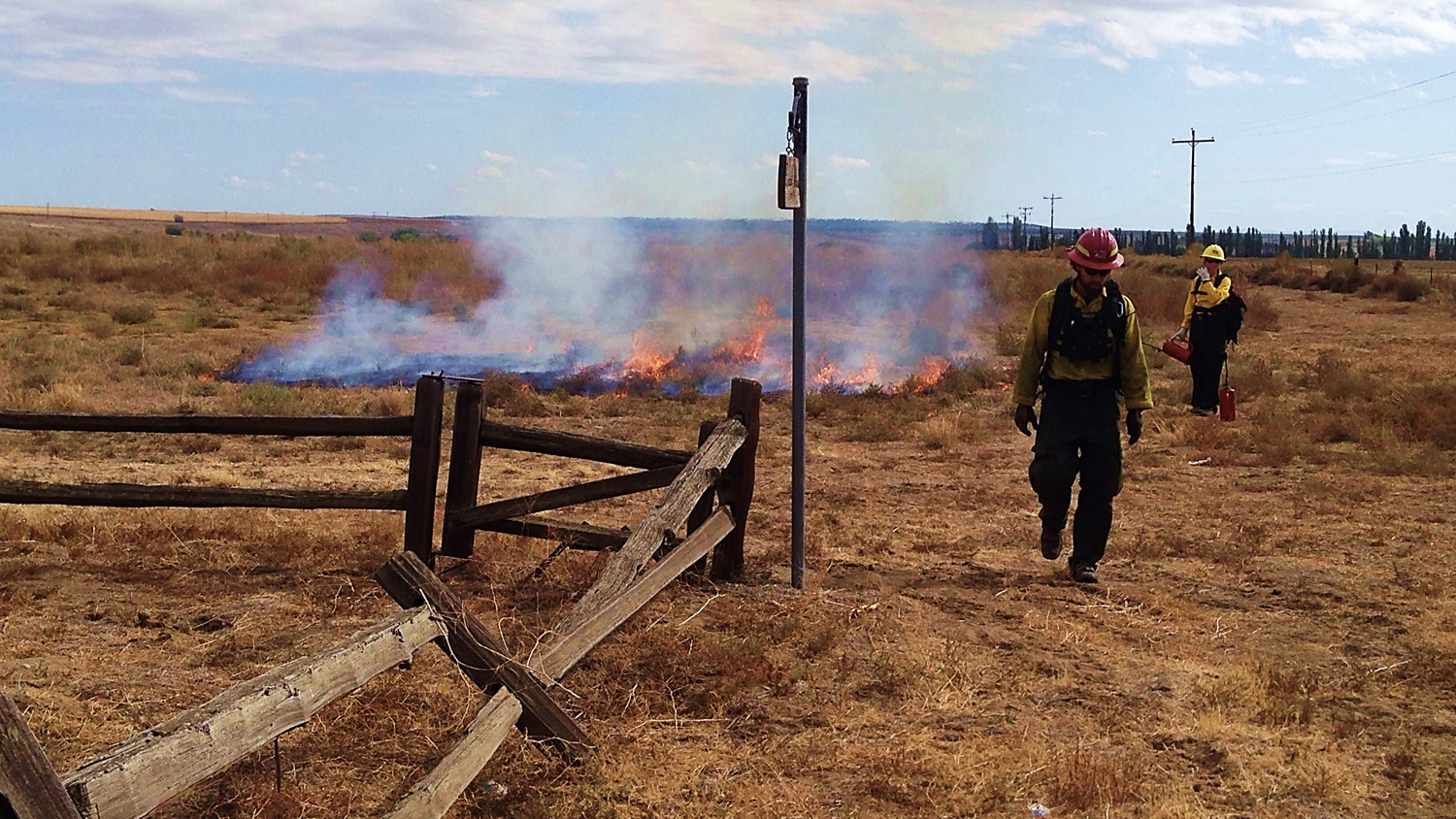In 2020, the Cameron Peak Fire raged across more than 200,000 acres of Colorado.
But the damage could have been more severe if not for how government agencies and landowners had managed some forested land before the fire.
In some areas, they had conducted prescribed burns — intentional fires that are carefully monitored and managed.
Schultz: “When I interviewed land managers, they said where they had done prescribed fire, they were able to hold that wildfire, because it came in and it would kind of settle down, and they were able to manage it more effectively.”
Courtney Schultz of Colorado State University says prescribed burns are planned for times when it’s not too hot, windy, or dry, so they’re more easily controlled.
The low-intensity fire helps clear out dead wood and vegetation, so if a wildfire later sweeps through, there’s less fuel to feed the flames.
As the climate warms, forested areas that have not burned for generations are more vulnerable to dangerous blazes.
Schultz: “Fuel accumulates, and now when fires burn, it’s burning under the hottest, driest conditions. We’re seeing bigger, hotter, more extensive, more severe fires than ever.”
So the careful use of beneficial fire can help reduce the risk of these devastating infernos.
Reporting credit: Sarah Kennedy / Shannon Young / ChavoBart Digital Media
We help millions of people understand climate change and what to do about it. Help us reach even more people like you.
Source link


